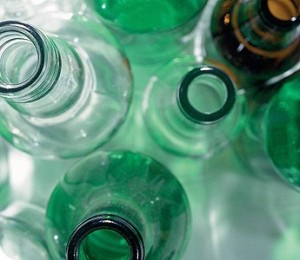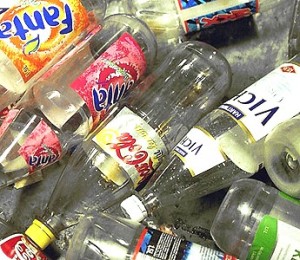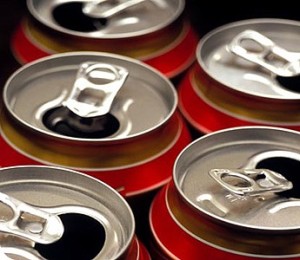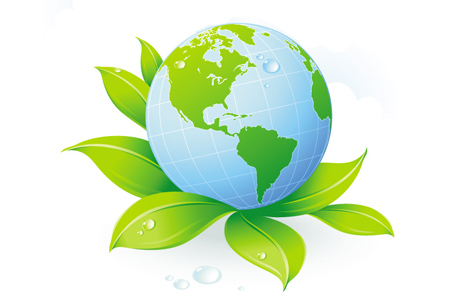I wish all my blog readers , Happy Diwali!!! Let this festival lighten your dreamz and make you successful!!! Let me signify the value of this festival here…
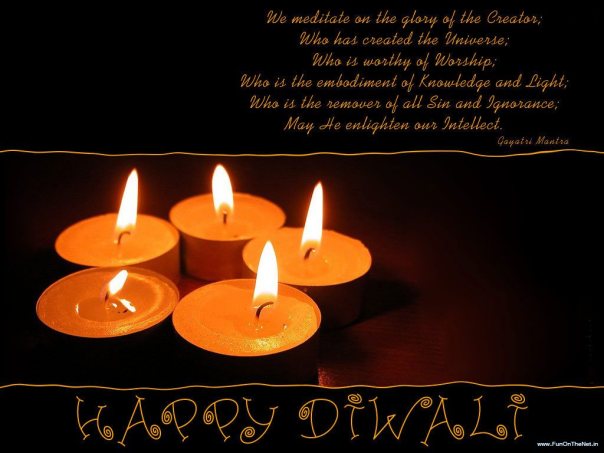
*Significance of Diwali*
India is a land of festivals where you will see at least one major festival
each month.* Deepavali* (or Diwali) which literally means “rows of lamps” is
one of the four main festivals of India. Throughout the world all Hindus
celebrate Deepavali or Diwali with great pomp and enthusiasm.
The celebration of Diwali lasts six days, beginning on the 12th day of the
month of Kartik (as per the North Indian lunar calendar). The day before
Diwali, in order to evoke the grace of God, women fast. It is not that God
wants you to go hungry or takes pleasure in your suffering – the principle
is that you gain only by giving up. That evening, devotees worship Gomata
(the cow) and her calf and feed them special food. Women pray for the
welfare of the entire family. This holy day is called *Vasubaras*.
The first official day of Diwali falls on the 13th of Kartik. People set
about cleaning houses and shops, and decorating doorsteps and courtyards
with rangoli or multi-coloured designs. They purchase gold ornaments, new
vessels, clothes, and other such items. Devotees arise early in the morning
before sunrise and take oil baths. If possible, they wear new clothes. In
the evening, people worship coins representing wealth. Families decorate
houses and courtyards with lanterns giving a warm glow to the night. This
day of celebration is called* Dhantrayodashi* or* Dhanteras.*
The second day is called* Naraka Chaturdashi*. People take an oil bath in
the early morning and then in the night they light lamps and burn
firecrackers. People visit their relatives and friends, exchanging love and
sweets.
On the third day, people worship Lakshmi, the Goddess of wealth. People
decorate their houses with lit lamps and lanterns to welcome Lakshmi to
their home and hearts. On this day businessmen close old accounts and open
new accounts. The earth is lit up by lamps and the skies are coloured by the
multi-hued lights of fireworks.
In North India, the *Govardhana Puja* occurs on the fourth day of Diwali.
Devotees in the North build large mounds made of cow dung, symbolising
Govardhana – the mountain that Krishna lifted up with his finger to save the
villagers of Vrindavan from rain – and decorate and worship them. North
Indians observe this day as *Annakoot*, or the mountain of food.
The fifth day of the festival called *Bhaiyya Dooj* celebrates unique and
fun customs. Every man dines in his sister’s house, and, in return, presents
her with gifts. North India calls it Yama Dwitiya. Thousands of brothers and
sisters join hands and have a sacred bath in the river Yamuna.
The Legends
*Dhanteras *
The scriptures mention the divinity called Dhanvantari emerging from the
churning of the ocean holding a kalash (pot) filled with Amrit (ambrosia).
Due to the fact that Dhanvantari, who revealed the science of Ayurveda to
the world, first manifested on this day, all over India, doctors following
the Ayurvedic system of medicine organise joyful celebrations during the
annual Dhanvantari festival.
*Naraka Chaturdashi*
There is a legend about a king of Prag-Jyotishpur, named Narakasura. He was
a powerful king who misused power to harass his subjects. Sri Krishna
destroyed this oppressive asura king on this day. Unjustly imprisoned people
celebrated their freedom with friends and family. The citizens celebrated
their deliverance from Narkasura’s reign by lighting lamps.
*Sri Rama*
Deepavali falls on a no-moon day – in fact the darkest day of the year. The
illuminations and fireworks, joy and festivities, are to signify the victory
of divine forces over the powers of darkness. On Deepavali day, triumphant
Sri Rama is said to have returned to Ayodhya after defeating Ravana, the
asura king of Lanka.
*Goddess Lakshmi Devi*
The Puranas say that it was on this day that Goddess Lakshmi, who emerged
from the churning of the ocean of milk (Ksheera Sagara), married Lord
Vishnu, the repository of all divine qualities.
*Govardhana Puja*
In order to shelter the gopis and gopas and their cows from the torrential
rains sent by Indra, Krishna lifted a hill near Mathura called Govardhana
with his finger and sheltered all the people for a period of seven days
under it. By then Indra saw Krishna’s greatness and asked him for
forgiveness.
*Bhaiyya Dooj
*The river Yamuna and Yama, the God of Death, were brother and sister. As
they grew up they went their different ways. On this day Yama supposedly
visited his sister Yamuna, who in her joy at seeing her brother after such a
long interlude set up a feast for him. Pleased, Yama granted her a boon. He
declared that every man that receives a tilak or vermilion mark on the
forehead from his sister and presents her with lovely gifts on this day
would attain higher worlds.
*The message of Deepavali
*The traditional name of India is* Bharata* and Indians are *Bharatias* – or
‘those who revel in light’. During the night of Deepavali the myriad little
clay lamps (diyas) seem to silently send forth message of Deepavali: “Come,
let us remove darkness from the face of the earth.”
The dharma of fire is the same wherever it is: in a poor man’s house, in a
rich man’s house, in America, in Antarctica, or in the Himalayas. It gives
light and heat. The flame always points upwards. Even if we keep the lamp
upside down, the flame will burn upwards. The message is that our mind
should be focused on the * Atman*, the Self wherever we are. The lamps
remind us of our dharma to realise our divine nature.
“The Self is pure consicousness which is self-luminous. The cognition of all
objects arises from the light of pure Consciousness.” -*says Bhrihadaranyaka
Upanishad*
One lamp can light several others. You can even light another 1000 lamps,
and still the flame and the light of the first lamp will remain as it is. By
becoming manifold, the light looses nothing. The lights of Deepavali
represent Brahman and creation. It conveys the message of the mantra:
*”Purnamada Purnamidam Purnaat Purnamudachyate
Purnasya Purnamadaya Purnamevasishyate”
*
The rows of lamps teach yet another important lesson of unity. The light
that shines forth from the Sun, the moon, the stars, and fire is all the
same. To see and recognise that* one light*, the light of consciousness,
which is manifesting and pulsating in and through all of creation is the
goal of life. Thus, recognising all of creation to be an expression of your
true Self, spread the light of love and compassion.
The lights of Deepavali are displayed at the entrance doors, by the walls of
houses, in the streets and lanes. This means that the inner spiritual light
of the individual must be reflected outside. It should benefit society.
Passers-by may thereby be prevented from stumbling on their way to reach
their destination.
Feeding empty stomachs, lighting blown-out diyas and bringing light to those
whose lives are in darkness is the true spirit of Deepavali. This is true
prayer.
—
“Take up one idea.Make that one idea your life- think of it,dream of it,
live on that idea” – Swami Vivekananda
Thanks & Regards
Santhosh.V (Blog Author)


